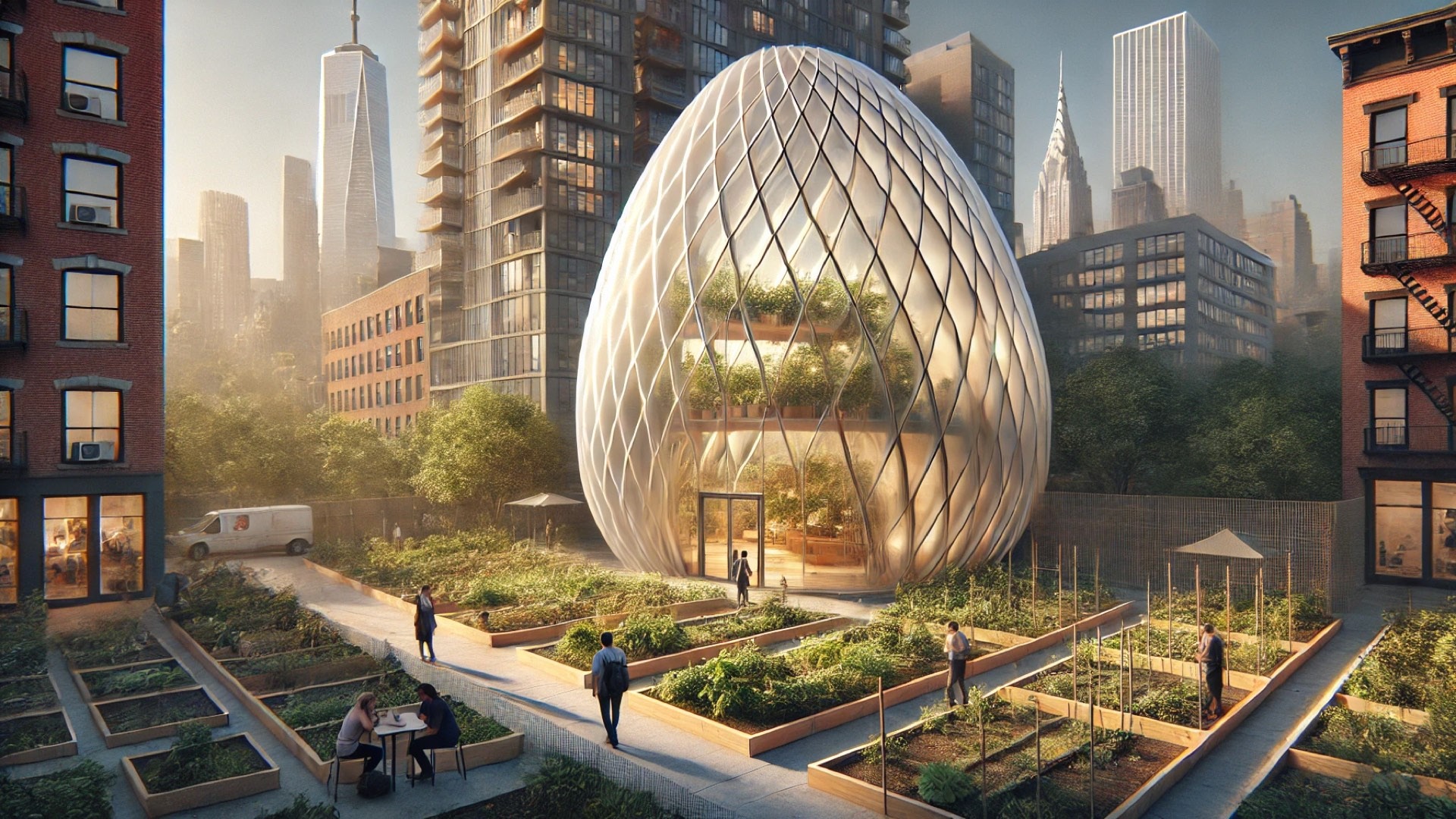
Redefining Humanoid Robots: The Next Generation of Movement
In a world where technology and artistry intersect, the latest humanoid robots—Unitree’s R1 and Robotera’s L7—are evolving to act and move with an uncanny resemblance to humans. These innovative machines symbolize the advancements in robotics, showcasing extraordinary degrees of flexibility that give them a life-like presence. With their high-performance hardware and sophisticated design, these humanoids are an exciting feat in the realm of technology. Let’s explore how these creations are blurring the lines between humans and robots.
The Magic of Movement: What Sets Them Apart?
The R1, with an impressive 26 degrees of freedom, can walk, run, and even perform stunts like cartwheels and handstands. The cutting-edge joint systems and hardware allow it to replicate natural human movements effectively. In contrast, Robotera's L7 uses quasi-direct drive joints to achieve impressive agility and responsiveness. This rapid movement capability enables it to perform intricate tasks, such as dancing or jumping, with ease and stability—a testament to the engineering behind its creation.
Balancing Acts: Self-Stabilization and Control
Balancing oneself is a remarkable challenge, particularly when dealing with varied terrains and dynamic movements. Both the R1 and L7 show incredible balancing ability, utilizing real-time motion control systems. Unitree’s R1 is equipped with balance control features, allowing it to make sudden shifts and remain upright when navigating obstacles. Meanwhile, L7’s sensors adjust its posture in under 0.1 seconds, enabling it to handle weights and perform heavy movements with steadfast support, showcasing a human-like fortitude.
Vision and Interaction: The Human Touch
Seeing and sensing like humans doesn’t just apply to visual awareness; it extends to interaction as well. Equipped with sophisticated cameras and sensors, Unitree’s R1 can detect obstacles and terrain while following verbal commands through its microphones. This advanced sensory capability allows it to engage in conversations—a significant leap from traditional robotic functioning. The L7 takes this a step further, with a spherical operational reach that enables it to perform detailed tasks like scanning barcodes effectively, making it especially suited for factory environments.
Expectations for the Future of Robotics
The evolution of these humanoid robots paints an intriguing picture of the future. As robotics continue to develop, the potential applications for such technology expand beyond manufacturing. Imagine having a highly capable home assistant that can not only perform occasional chores but also engage and adapt to your needs in real-time. As companies like Fourier prepare to enter the market with their own humanoid models, we can look forward to even more innovations that enhance our everyday lives.
With the advancements in technology present in Unitree's R1 and Robotera's L7, we are witnessing a transformation where robots not only act similarly to humans but also enrich our lives by performing complex tasks and filling roles we previously envisioned only for people. In this light, the future of humanoid robots feels promising, blending art, technology, and humanity in a concerted effort to create machines that can become valuable companions rather than just tools.
Join the Conversation: The Age of Robotics Has Arrived
As the dialogue around robotics evolves, it’s crucial for us to stay engaged and informed. Embrace the possibilities these sophisticated systems offer, whether for your home or professional environments. Consider how such technologies might enhance your quality of life and how you might incorporate them into your space.
With creativity and craftsmanship at its core, the world of robotics beckons. As we explore this new frontier, remember—it's not just about the technology; it’s about the connection we forge with our creations.
 Add Row
Add Row  Add
Add 




Write A Comment